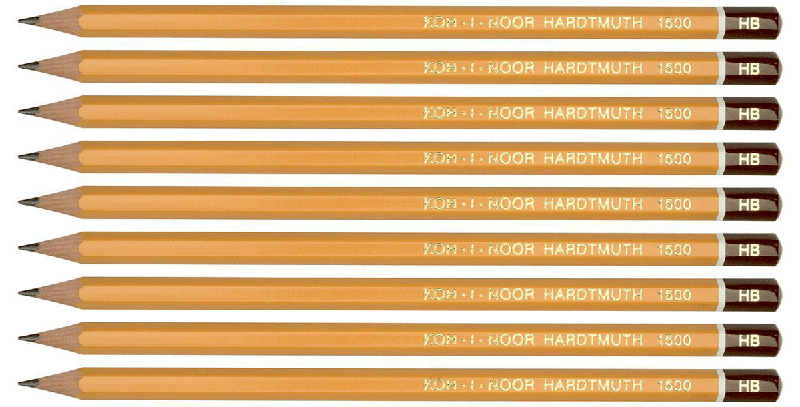I’m a writer, a note taker, a stationery addict, and I love a good pencil!
But have you ever wondered where the iconic yellow pencil ✏️ originated?
The answer is 1889 Paris. It was the Exposition Universelle – or world’s fair – under the shadow of the newly opened Eiffel Tower, the tallest structure in the world at the time.
Smaller, but no less influential, was the unveiling of the Koh-I-Noor 1500.
Produced by the Czech company, Hardtmuth Pencil, the Koh-I-Noor 1500 was painted with 10 coats of yellow paint and its end dipped in 24 carat gold.

It was a bold move. Previously, makers of high-quality pencils left them unpainted in order to show off the wood grain. Painting a pencil was seen as a sign of imperfection and suggested that makers had something to hide. (But when it was done, pencils were generally painted dark colours.)
So why yellow?
Well, at the time, the finest available graphite (the ‘lead’ in a pencil consists of graphite and clay) came from China.
In China, yellow had long been associated with royalty. So by painting its pencil yellow, Hardtmuth was communicating both the origin of the graphite and the superiority of the product.
To make sure nobody missed the point, they called the pencil Koh-I-Noor, after the famous 105.6 carat diamond from the British Crown Jewels.
Hardtmuth’s move payed off. The Yellow Koh-I-Noor 1500, with its 24ct gold accent, was seen as the height of sophistication and not surprisingly, other manufacturers copied the colour, and an icon was born.
So much so, that 100 years later, the effect was still being felt.
Henry Petroski, author of ‘The Pencil: A History of Design and Circumstance’ (published in 1989) wrote: “Today about three out of four pencils made are yellow.”


